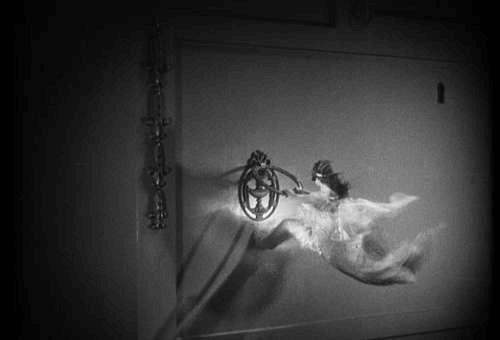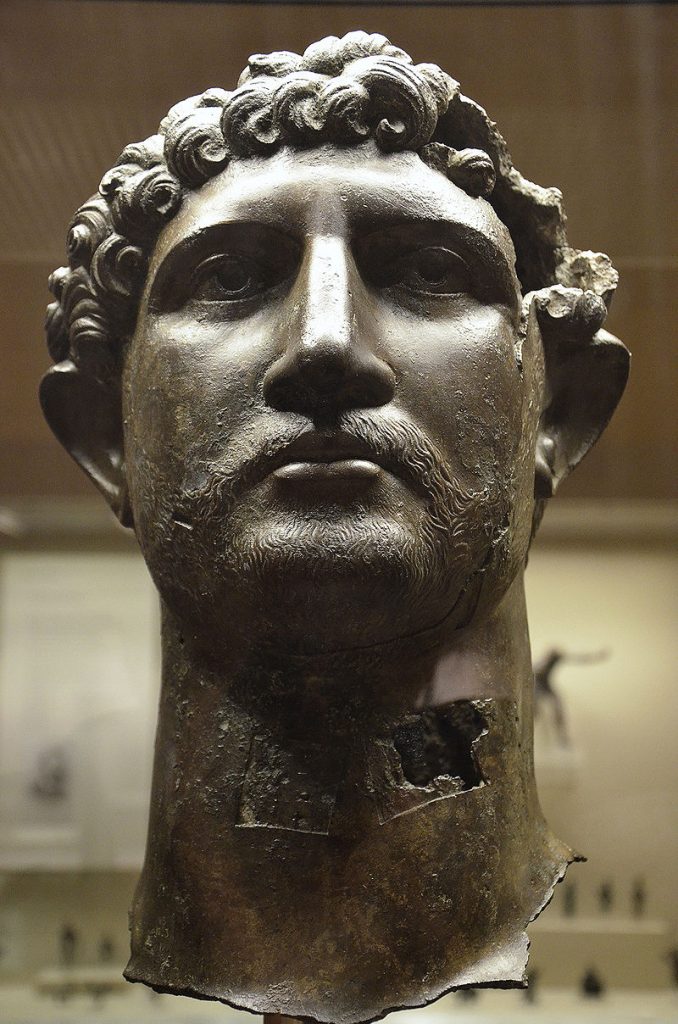Let me state at the outset here that I fully understand the actual merits of Simon Gathercole’s recent article in the Journal for the Study of the Historical Jesus do not matter. Its mere existence suffices for the task at hand. In other words, it is not necessary for mainstream scholarship to demonstrate that Paul’s writings prove the existence of the historical Jesus; it is only necessary to assert it.
We saw the same sort of effect back in 2017 after Gullotta’s swing-and-a-miss treatment of Carrier’s magnum opus. For example, Gathercole writes, with no hint of irony:
One of the best recent critiques is that of Daniel Gullotta, who notes some crucial weaknesses in Richard Carrier’s volume. (Gathercole 2018, p. 185)
Do you believe?!

Despite the laughably bad anti-mythicist works offered by Casey and Ehrman, both scholars got a pass from their friends, colleagues, and sycophants. More than a pass, really, since both enjoyed backslaps and cheers for participating. They showed up and wrote down some words, by golly. It’s the Tinkerbell Effect in full bloom. Biblical scholars can claim they have refuted mythicism in all its forms as long as enough of them clap their hands and shout, “I believe! Oh, I do believe in the historical Jesus!”
So what I have to say here will make no difference in the big picture, but I suppose somebody, somewhere, should say something, before Gathercole’s article inevitably takes its rightful place among “solid refutations” future scholars will point to.
At the start of the new year, I started reading a book by Judea Pearl called The Book of Why: The New Science of Cause and Effect. In it, he devotes an entire chapter to counterfactuals (see Chapter 8 — Counterfactuals: Mining Worlds That Could Have Been). I had already read Gathercole’s article before that, and it rang a bell. Hadn’t he said something about counterfactuals? Yes, he did.
This article aims to adopt a kind of counterfactual approach to history, in which all of early Christian literature is set aside except the undisputed letters of Paul, in order to try to glean what can be learned from them alone. . . . The only exception is that the New Testament is occasionally used as evidence for Greek idiom. Otherwise, the letters of Paul are not interpreted in the light of, or even in tandem with, the Gospels, but are taken as far as is possible only against the backdrop of non-Christian sources. (Gathercole 2018, p. 187, bold emphasis mine throughout)
I confess I’d forgotten this tidbit, possibly because in the paragraphs that followed he appeared to be taking up arms against docetism rather than mythicism. Or perhaps Gathercole’s supposed commitment to the counterfactual approach had slipped my mind, just as it had clearly slipped his.
I have from time to time tried to imagine what our conception of early Christianity would look like if we had, say, only the Gospel of Mark or only the Gospel of John. Gathercole’s basic idea makes sense — if we had only Paul’s letters and nothing else, how much would we think we knew about the historical Jesus? What are some things we wouldn’t know for certain or, perhaps, at all? Let’s take a look. Continue reading “Gathercole Dabbles with Counterfactual History”

